9 discoveries that have fundamentally altered our understanding of human history
Jenny McGrath

- Archaeologists study artifacts, monuments, and other remains to get a better sense of human history.
- What they discover often rewrites humans' past and changes the way we think about our species.
Over the centuries, our understanding of the human species has changed countless times through the discovery of archaeological sites like the Altamira cave paintings in Spain, and through the use of new technologies like LiDAR that help scientists rediscover entire cities
A piece of stone can unlock a lost language, while a peculiar fossil can launch an entire new field of science. Here are nine of some of the most significant archaeological discoveries in history that changed what humans know about our origins and culture through time.
Pompeii and Herculaneum gave a glimpse into the lives of everyday Roman citizens.
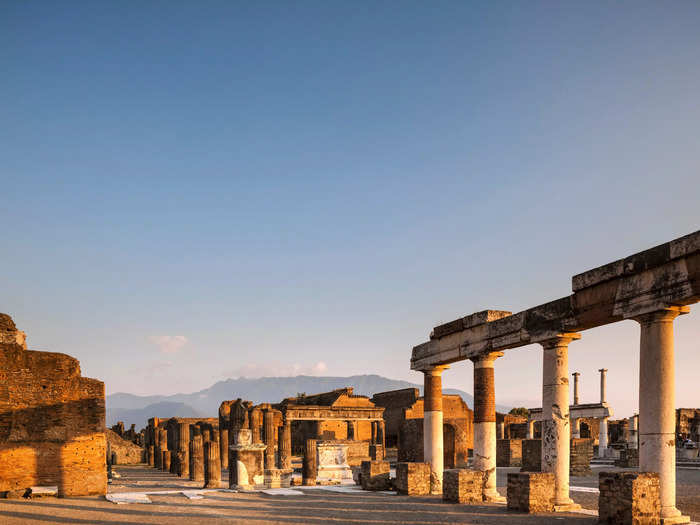
In 79 CE, Mount Vesuvius unleashed a torrent of ash and magma, killing thousands of people and preserving the ancient Roman cities of Pompeii and Herculaneum for over a millennia. Excavators rediscovered them in the early 1700s.
The cities were so well-preserved that they've given archeologists a unique look back in time at what life was like in ancient Rome for the wide range of people who lived there, from the very wealthy to those who were enslaved.
For example, excavators found a bakery's prison in Pompeii where barred windows locked in enslaved people.
And everyday objects like lime and bricks demonstrate how some buildings were constructed, possibly through a technique for making cement created by the Romans.
Other discoveries of graffiti and shrines have also advanced our understanding of ancient Romans. Back then, kids liked to express themselves by drawing on walls, too.
The Aztec Calendar Stone holds information about astronomy, agriculture, and more.
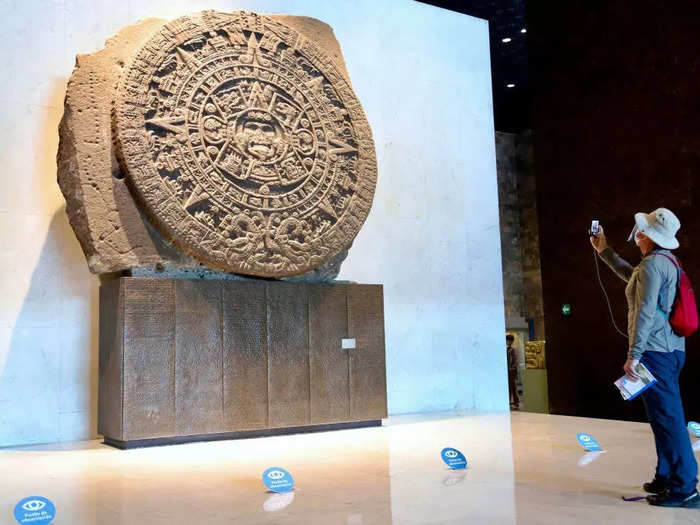
One of Mexico's most iconic artifacts — the Aztec Calendar Stone — is depicted on the country's coins. The giant stone was lost shortly after the Spanish colonized Central Mexico. But it was rediscovered in 1790.
Back then, Europeans had the common misconception that Mexico was home to "savage hordes." But when German explorer Alexander von Humboldt saw the stone in 1803, he realized his contemporaries were mistaken.
Then, in 1892, anthropologist Zelia Nuttall offered the first decoding of the stone's images. She used pre-Columbian writings to decipher them, finding clues about the complexities of Aztec culture, astronomy, and agriculture.
Scholars continue to debate the purpose of the centuries-old stone. Interpretations range from a sundial to a sacrificial altar to a calendar depicting an eclipse. Many experts believe the face in the center represents the sun god Tonatiuh.
Whatever its purpose, the stone revealed a culture steeped in ritual, creativity, and sophistication dismissed by Europeans.
Discovering Neanderthals sparked an entirely new field of scientific research.
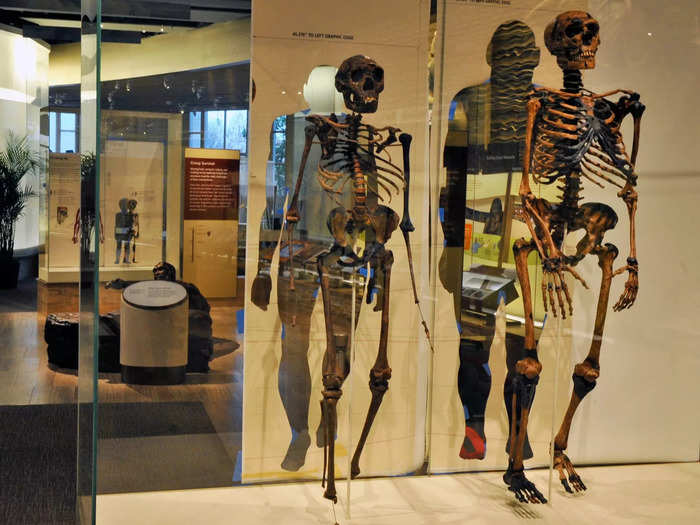
In 1856, scientists began studying a skeleton found in Germany's Neander Valley. The bones resembled a human's but differed in several key ways: the skull was longer and the limbs were thicker.
The discovery fundamentally changed our understanding of human history because it was the first proof of the existence of some of our closest relatives.
The discovery sparked an entirely new field of science: paleoanthropology, aka the study of early humans through fossils.
Since this groundbreaking discovery, our understanding of Neanderthals has evolved from seeing them as distant, less intelligent relatives to a group that fundamentally changed our own DNA.
In 2022, Svante Pääbo won a Nobel Prize for sequencing the Neanderthal genome, which showed their DNA is 99.7% identical to our own. Some Neanderthal genes remain in humans today, too.
Recent studies suggest that humans and Neanderthals interbred enough that the extinct species left traces in our genome that impact our metabolism and risk for diseases like diabetes.
Moreover, many archaeological discoveries concerning their culture, including cave art and toolmaking, have illuminated the many ways our long-lost human relatives were more intelligent and refined than we've given them credit for in the past.
Altamira cave paintings show that ancient humans were capable of sophisticated art.
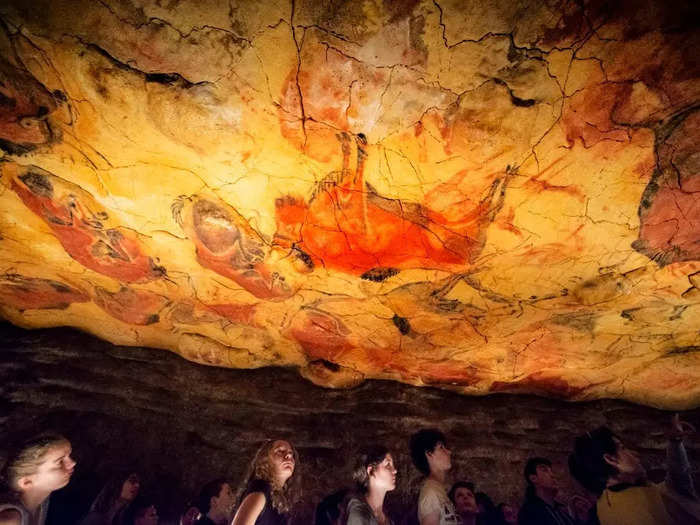
The Altamira cave paintings, located in northern Spain, were the first to show that prehistoric people were capable of creating sophisticated art and had a much richer culture of storytelling and ritual than previously thought.
The Paleolithic cave art was first discovered in 1868 and depicts bison, deer, and other animals. Scientists have dated the paintings to be between 13,000 to 14,000 years old.
In the decades since the Altamira cave's discovery, researchers have found many more examples of prehistoric cave art. The imagery changes from abstract to more realistic over thousands of years, showing the development of communication and the use of symbols in modern humans and their relatives.
Photography techniques and virtual reality also bring ancient art to life in new ways.
Humans domesticated dogs before any other animal.
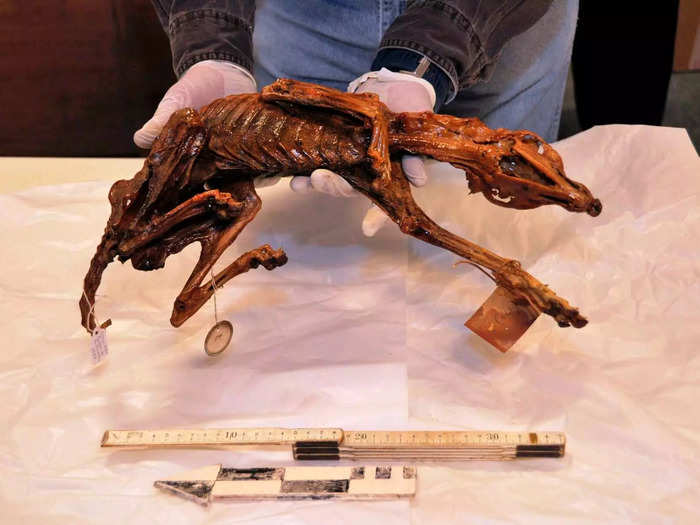
Experts think dogs were the first animals we domesticated, around 15,000 years ago, though some suggest it was even earlier.
These early versions of dogs were likely useful, acting as guards, helping with transportation, and sometimes serving as food.
But a 2018 study of a dog burial from 14,000 years ago showed that some humans didn't just view the animals as helpful assistants.
They formed emotional attachments and cared for their dogs when the animals were sick. Not so different from how we treat dogs today.
"We suggest that at least some Paleolithic humans regarded some of their dogs not merely materialistically, in terms of their utilitarian value, but already had a strong emotional bond with these animals," archaeologist Liane Giemsch told National Geographic in 2018.
The Rosetta Stone unlocked Egypt's mysterious hieroglyphs.
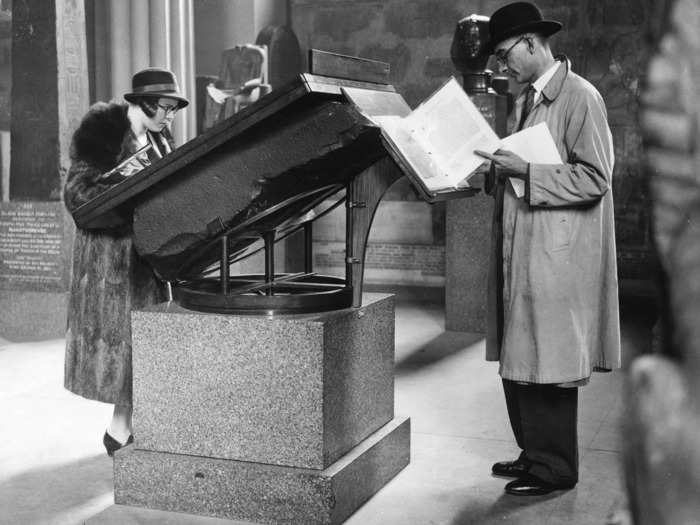
The Rosetta stone was perhaps the most groundbreaking discovery that revolutionized our understanding of ancient Egyptian history and culture.
French scholar Jean-François Champollion translated the stone's text in 1822, which turned out to be a key to deciphering Egyptian hieroglyphs. For centuries, archeologists had stared at these pictograms and characters without many clues to their meaning.
"We knew there were big civilizations, like Egypt, but they'd fallen silent," Egyptologist John Ray told Smithsonian Magazine in 2007. "With the cracking of the Rosetta Stone, they could speak with their own voice and suddenly whole areas of history were revealed."
After finding a list of pharaohs, Champollion translated the names of Cleopatra, Ramesses, and other important figures. The document showed just how far back Egypt's history stretched, thousands of years further into the past than was previously thought.
Today, the Rosetta Stone is in the British Museum, and Egypt has demanded its return.
Archaeologists are still trying to determine when the first humans reached the America's.

How and when people first came to the Americas is a question archaeologists have long tried to answer.
One of the most significant initial discoveries on that front was found in 1929 at a site near Clovis, New Mexico.
Mammoth bones and stone tools at the site date back to 13,000 years ago. The dates matched with when glaciers started melting in northern North America, and experts believed that's when the first Americans arrived across the Bering land bridge.
However, numerous discoveries in recent decades have pushed the timeline back even further. For example, archaeologists found older artifacts at a 14,500-year-old site in Chile.
And a 2018 genetics study suggests ancient humans may have been living in Alaska around 25,000 years ago, millennia earlier than previously thought.
Experts in the archaeological community don't all agree on the exact dates, but general estimates for humans' arrival in the Americas are between 20,000 to 15,000 years ago.
Sutton Hoo proved there were no "Dark Ages."
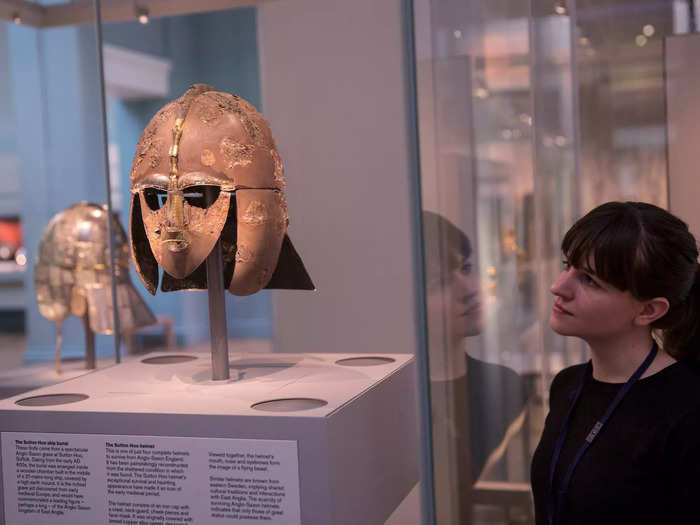
The "Dark Ages" is an outdated term that once referred to the early Middle Ages in Europe. An archaeological site in Suffolk, England, known as Sutton Hoo, helped shed light on this era of British history and helped put the myth of the unsophisticated "Dark Ages" to rest.
In the 1930s, Edith Pretty wanted to know about the large mounds on her property and brought in Basil Brown, a local archaeologist. They turned out to be an ancient graveyard containing remains of a wooden ship belonging to an Anglo-Sazon warrior king who died around 625. The burial mound was full of jewelry, coins, and other artifacts.
Experts at the time didn't expect to find such well-made goods from an era that was supposed to be a decline from the days of the Roman Empire.
"The quality and quantity of the artifacts found inside the burial chamber were of such technical artistry that it changed our understanding of this period," curator Sue Brunning told Smithsonian Magazine in 2021.
Volunteers and experts continue to uncover finds at Sutton Hoo.
LiDAR has revealed lost monuments and civilizations.
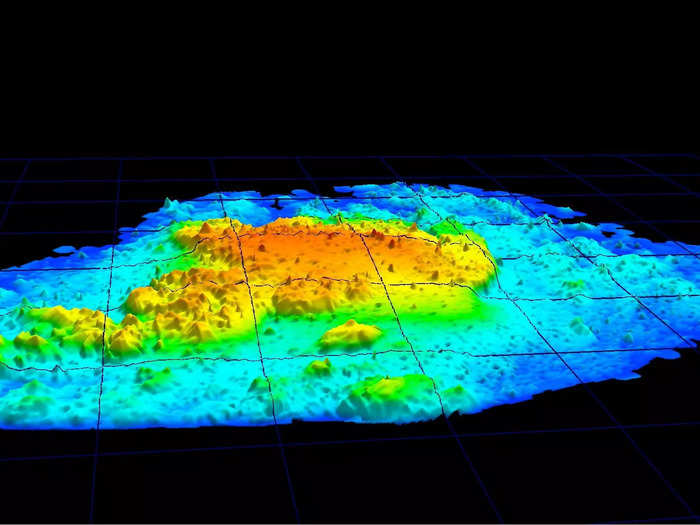
In recent decades, LiDAR technology has transformed some aspects of archaeology. Short for Light Detection and Ranging, LiDAR uses a laser, scanner, and GPS receiver typically mounted on aircraft to collect data and create three-dimensional maps of the landscape and archaeological features. It's especially useful in areas covered in vegetation.
LiDAR can reveal previously unknown sites. In Guatemala and Mexico, for example, archaeologists have found the remains of many Maya cities and structures. Until the new technology started uncovering tens of thousands of structures, researchers had no idea how complex and far-reaching these civilizations were.
"Everything is larger, more extensive, more deeply built and engineered than we had thought," Brown anthropologist Stephen Houston said in a 2018 statement about 64,000 dwellings found via LiDAR in Guatemala. "In some areas, there are denser populations than previously imagined; other regions seem absolutely desolate."
Archaeologist Chris Fisher wants to use LiDAR to make a 3D image of Earth to preserve images of glaciers, forests, and other natural features as well as these ancient settlements and monuments. Sea-level rise, melting ice, and other climate change threaten many archaeological sites, including those yet to be discovered.
Popular Right Now
Popular Keywords
Advertisement